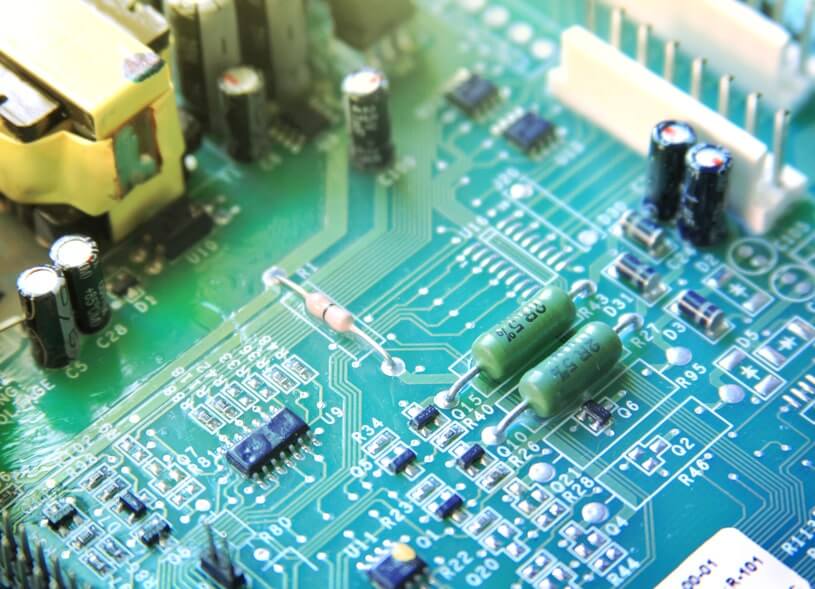It can be a challenging process, going from an idea to a product. If you’re looking to build your own products, learning how to prototype, getting feedback, and adapting to them are some of the most critical skills you can have. If you’re a beginner and starting at the very beginning, this article will help you with everything you need to know, including the ins and outs of prototyping with a circuit board.
What Is Prototyping And What Can It Be Used For?
A prototype can come in many forms. From a rough sketch on paper to an interactive simulation that acts, moves, and responds just as though the final product would. Prototypes are great to not only visualize what you’re trying to build but also if you’re trying to get funding from investors too. Getting feedback and validation from users, stakeholders and other fellow designers will help you to develop your idea even further.
You may think you don’t need a prototype when developing your new product. Although they’re not designed to be a fully functioning version of whatever you’re building, they’re ideal for helping visualize the user experience of the final product.
First Steps To Prototyping
There are five simple steps in the prototype process, and all are just as important as the one before. These empathize, define, ideate, prototype, and test. Yours empathize and define stage look at what the product will do for the user. It’s important to understand the human needs of those who will be interacting with what you create.
The ideate stage is where you will transform your idea into more of a conception, before moving onto the actual drawing and developing of your physical prototype. Finally, you’ll need to test your creation. This stage will allow you to work out any problems and make changes to further better your product. Ultimately, learning by doing is key when prototyping and will make sure your idea becomes a reality.
Printed Circuit
In most appliances during the 50s, printed circuit boards succeeded point-to-point architecture. Point to point concept used wires soldered to terminal lines, metal loop boards stamped. Small electronics and their wires, including the wires of larger devices such as transformers, were soldered directly to the terminals on a point-to-point operating unit.
Different Types Of Circuit Boards Available
Nowadays, technology is becoming more readily available to everyone. The same applies to those creating prototypes. Whether you’re creating something for children or adults, it’s likely that if your product falls into the technology category, you’ll be using a circuit board or matrix board. Circuit boards are used to mechanically support and electronically connect electronic components in your end product, whereas matrix boards are a prototype circuit board used for laying out electrical components securely. Both are equally useful and will be part of the overall process of creating your product.
Follow Techdee for more informative articles.

